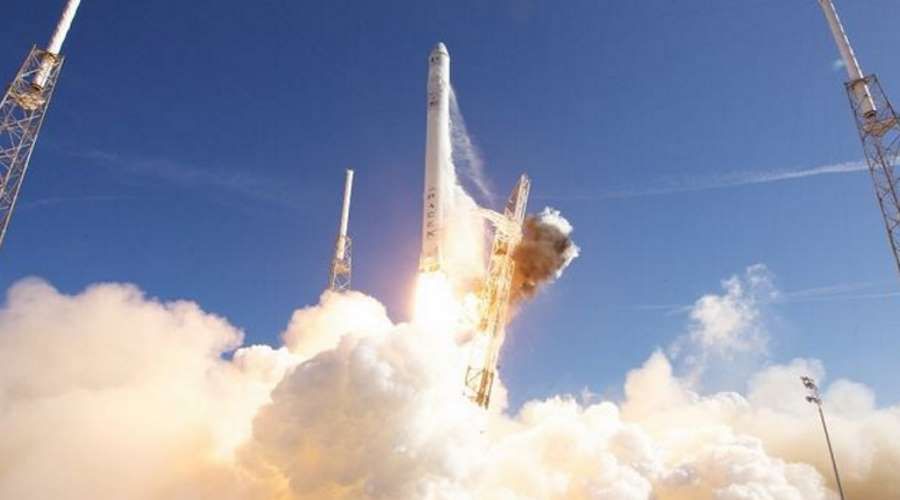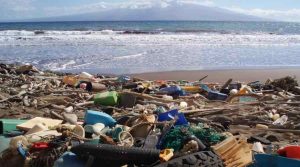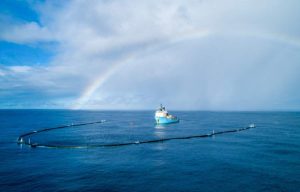SpaceX rockets potentially dangerous for crew, NASA warns

SpaceX rockets potentially dangerous to crew, NASA warns
SpaceX is about to start sending astronauts into space. However, safety experts at NASA warn that Elon Musk’s company’s rockets could endanger the lives of astronauts. All because of the way the fuel is refueled.
During work on the Falcon 9 rocket and the effortow, to make this one even more powerful, SpaceX engineers came up with the idea to cool the fuel to very low temperatures. Such a procedure causes it to reduce its volume, which in turn results in more of it being able to be packed into the tankow. However, according to someoexpertsow from safety, this approach involves a great deal of risk. In these extreme temperatures, fuel must be loaded just before launch – while the astronauts are already on board. The compacted fuel is unstable and all it takes is a small mistake or spark during this operation to cause a massive explosion.
A NASA advisory group warned in a release that the method is risky. "Astronaut presenceow on board before refueling is contrary to safety criteria, ktore have been in effect for more than 50 years, zaron this country, as well as internationally" – reads the announcement. This has raised concerns from policymakersow from NASA, as they and SpaceX prepare together to send astronautsointo space.
In 2016, SpaceX’s Falcon 9 rocket exploded just as it was being refueled. This rocket uses fuel, whichore is a mixture of liquid oxygen and kerosene. According to SpaceX, the cause of the explosion was a reaction that occurred between the cooled fuel and the surface inside the fuel tank made of włokna coal. No one was hurt, but the expensive satellite, whichory was a payload, was lost. NASA people immediately raised the question of what would happen if there were astronauts on board?
Fuel problem emerges as a point of tension between NASA and Musk’s company. Tworca SpaceX clashed with the bureaucratic system at NASA and accused them of being overly conservative. After all, traditional approaches and old ways of thinking can be the enemy of innovation and thwart efforts to open up space. But it’s no surprise NASA. It has already experienced the tragedies associated with astronaut deathsow.
On the other hand, NASA’s risk aversion is widely reported. – Sincerely mowishing we would launch the Apollo program in today’s environment, I doubt it – said last month Robert Lightfoot, a former NASA administrator. – It is doubtful that Buzz Aldrin and Neil Armstrong would have set foot on the moon in an environment thatore we currently have. The safest place is on Earth – added.
After the cancellation of the shuttle programow, NASA is using the Russian Soyuzow to fly to the International Space Station. It costs tens of millionsoin dollarsow. To reduce costs and become less dependent on Russia, NASA zwroIt has made its way to the private sector, to the SpaceX and Boeing companies. First manned flights to ISS to be carried out by SpaceX next year. However, NASA says that currently neither SpaceX nor Boeing are ready for the task.




